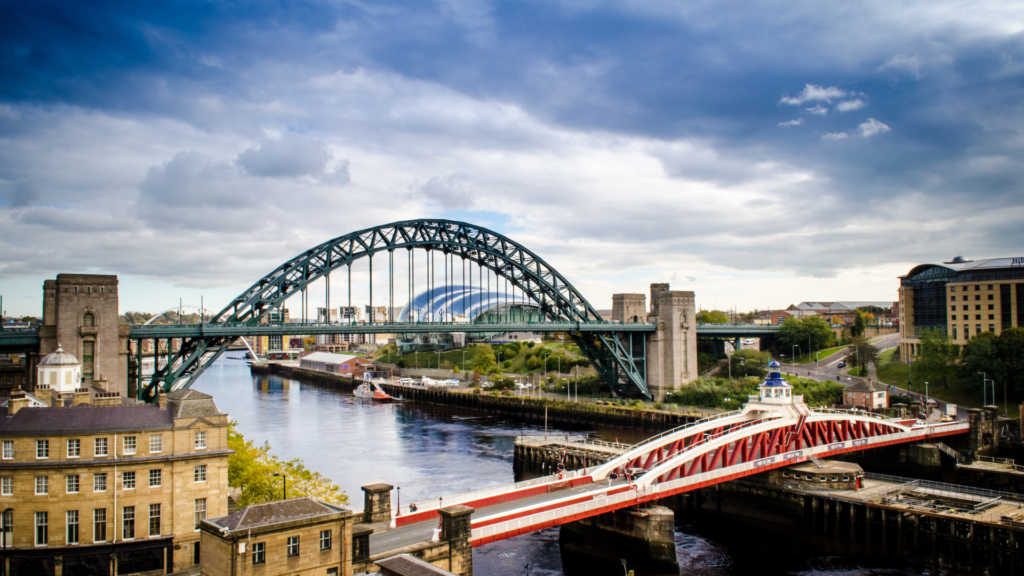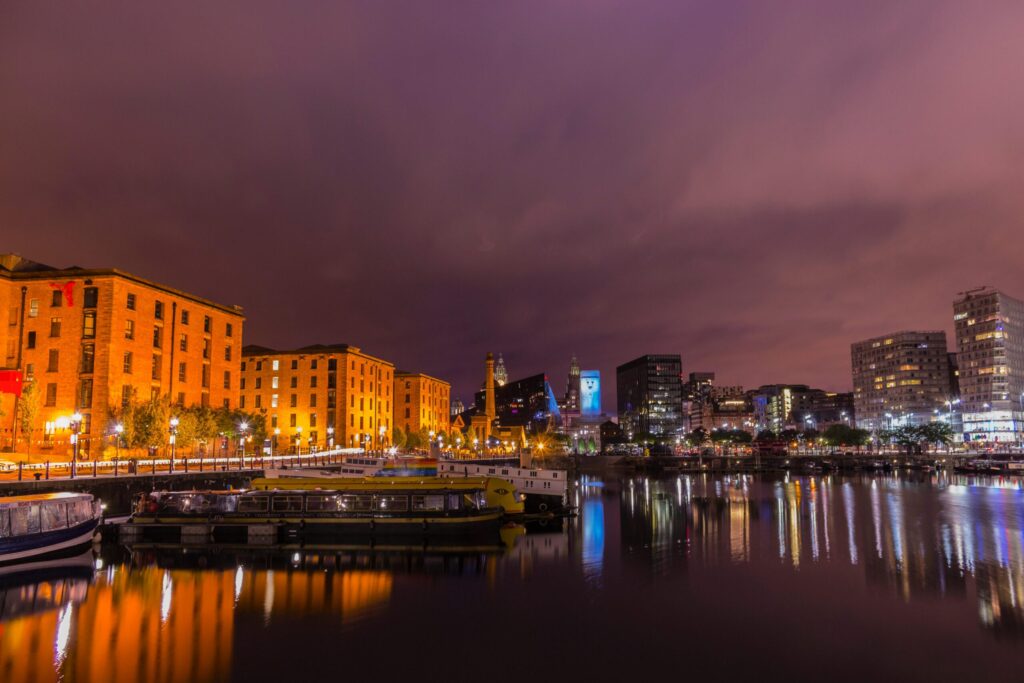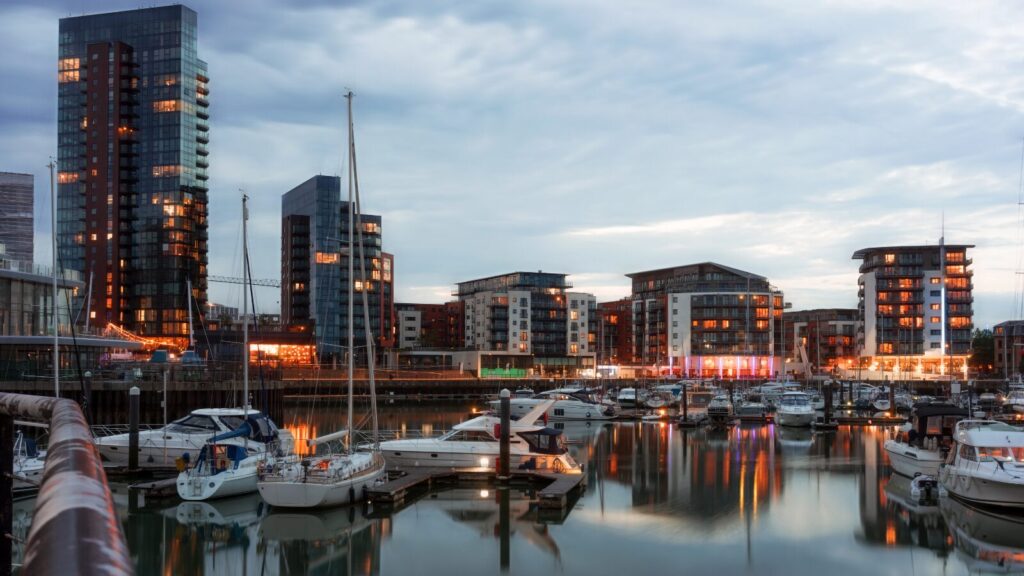 Blog by Guest Author: Casita.com
Blog by Guest Author: Casita.com
Picture this… The sky bursts with beautiful red sprites as the sun rises over the turquoise sea. Waves crash on the yellow sand. Masses of palm trees lined on the outstanding beach. Birds are singing in the background. This majestic view is perfect for anyone to enjoy while grabbing their cup of coffee and a favourite sandwich and walking alongside the vast ocean. You will have the most enjoyable and memorable moments!
On the other hand, this day is catastrophic for the Earth because the plastic cup of coffee and the sandwich you bought is likely to come wrapped in paper. Plastic and paper contribute towards pollution, deforestation, spread toxins, and threaten wildlife. To reduce waste and help save the ecosystem, consider bringing products or materials with earth-friendly terminology on them to your student accommodation and become an eco-warrior! Here is our guide to earth-friendly terminology that will help you make the best choices and care for the environment.
Shop Smart
Shopping can be lots of fun and enjoyed by many. Make the Earth happy too, and consider the following earth-friendly terminology while you are shopping:
- Recyclable
If a product is tagged recyclable, the material could be broken down and remade into new products after being thrown away. Recyclable materials can include plastic, paper, cardboard, and metal. However, it is important to remember that not all types of plastic and paper can be recyclable.
- Recycled
A recycled product is made using materials from another product. It helps reduce waste since it gives a product another life.
- Reusable
A reusable product helps reduce waste. It is designed to last for a lengthy period of time and work as an alternative for more harmful single-use products. Many cafes and restaurants now invite you to bring your reusable coffee cups and water bottles and are more than happy to refill those.
- Upcycling
Upcycling is the process of reusing materials to create a product of higher quality or value than the original.
- Biodegradable
A biodegradable product can decompose naturally when coming in contacts with bacteria, fungi or living organisms. This is beneficial to the soil and helps avoid pollution or harm to the environment.
- Compostable
Compostable material turns into nutrient-rich substance for the soil in composting facilities. It biodegrades under specific conditions, leaving no toxicity in the soil.
- LED
LED is the abbreviation for Light Emitting Diode. This green/clean technology is more energy-efficient and lasts longer.
- Vegan and Cruelty-Free Products
Vegan means that there are no animal ingredients in the product; however, it might have been tested on animals. On the other hand, cruelty-free indicates that the product or activity wasn’t tested on animals.Products can be either, or both. If you want to protect the environment, it is important to reduce your meat and diary intake and instead choose more products that are vegan and cruelty-free.
Dine with Environment in Mind
One of the most important areas of our life where we need to take the Earth into consideration is our eating habits. Here is some terminology for earth-friendly consumption:
- Free Range
Free-range refers to the method of farming where livestock are kept in natural conditions and can roam freely outdoors. For example, free-range eggs are eggs produced by hens that have freedom of movement. While this may mean that livestock live in better conditions, it still doesn’t guarantee a completely ethical farming, or that environment wasn’t affected by the toxins created by animal farming.
- Natural
Natural means that something exists or is derived from nature without human intervention. It is usually free from additives and artificial ingredients, but to ensure this it is important to pay close attention to the labels.
- Organic Food
Organic Food is produced by organic farming via natural resources without pesticides or harmful additives.
- GMO
GMO is the abbreviation of Genetically Modified Organism. Using genetic engineering, the DNA of an organism is artificially modified or altered.
Beauty Starts from Nature
Here is some environment-friendly terminology that is related to beauty and fashion.
- Ethical Fashion
Regarding fashion, ethical fashion is related to the design, production and distribution of clothing. It focuses on benefiting people and communities and reducing the harmful impact on the environment and people who make or distribute these fashion items.
- Slow Fashion
Slow fashion is reducing the consumption of clothing. It favours quality over quantity, recognising that fast fashion contributes to pollution and perpetuates global inequalities
- Fast Fashion
Unlike slow fashion, fast fashion consists of mass-produced clothing that have a low price. It cares about quantity, not quality and is generally produced by poorly paid workers in developing countries, exploiting their labour.
Not All Plastics are the Same!
We can find plastic everywhere in our lives, from takeaway cups, milk bottles, burger boxes, egg cartons, and drink bottles, food containers, food wraps, cling film, and pens, to window and door frames, recycling bins and bin bags.
While it is clear that reducing or completely eliminating plastic from your day to day life is the best for the environment, this may not be possible for everyone. Knowing which type of plastic is recyclable, can help make better choices when you buy! You should be familiar with the abbreviations written on plastic items along with their “resin identification number” or “code”. This will make it easier for you to identify and buy items that could be recycled and help reduce waste.
- PET / PETE
PET stands for Polyethylene terephthalate. Its identification number is 1. PET is the most recycled type of plastic.
- HDPE
HDPE’s identification number is 2. It is a thermoplastic polymer made from ethane called High-Density Polyethylene. Sometimes, it is called “alkathene” or “polythene.” HDPE is widely used since it is recyclable.
- PVC
Polyvinyl Chloride is abbreviated to PVC and is commonly called vinyl or polyvinyl. It has the resin identification number 3. PVC is very difficult to recycle since it emits very harmful fumes if it is heated.
- LDPE
LDPE stands for Low-Density Polyethylene. Its resin identification number is 4. It is not widely recycled.
- PP
Similar to LDPE, PP is not widely recycled. PP stands for Polypropylene and its resin identification number is 5.
- PS
Polystyrene is abbreviated to PS and has resin identification number 6. PS is not accepted for recycling and is very difficult to recycle.
- Other
Materials that are made of a mixture of plastic types, Polycarbonate, Acrylic Glass, and Nylon fall into this section. Other Plastic which has resin identification number 7 is not recyclable.
Now that you have your guide to earth-friendly terminology, it’s easier than ever to identify products that are better for the environment and make responsible choices. Following all the scientific discoveries of the last couple of decades and the overwhelming evidence of climate change seen in the change all around us, it’s important to do our part to protect and preserve the planet we all love. Be responsible, be an eco-warrior!







